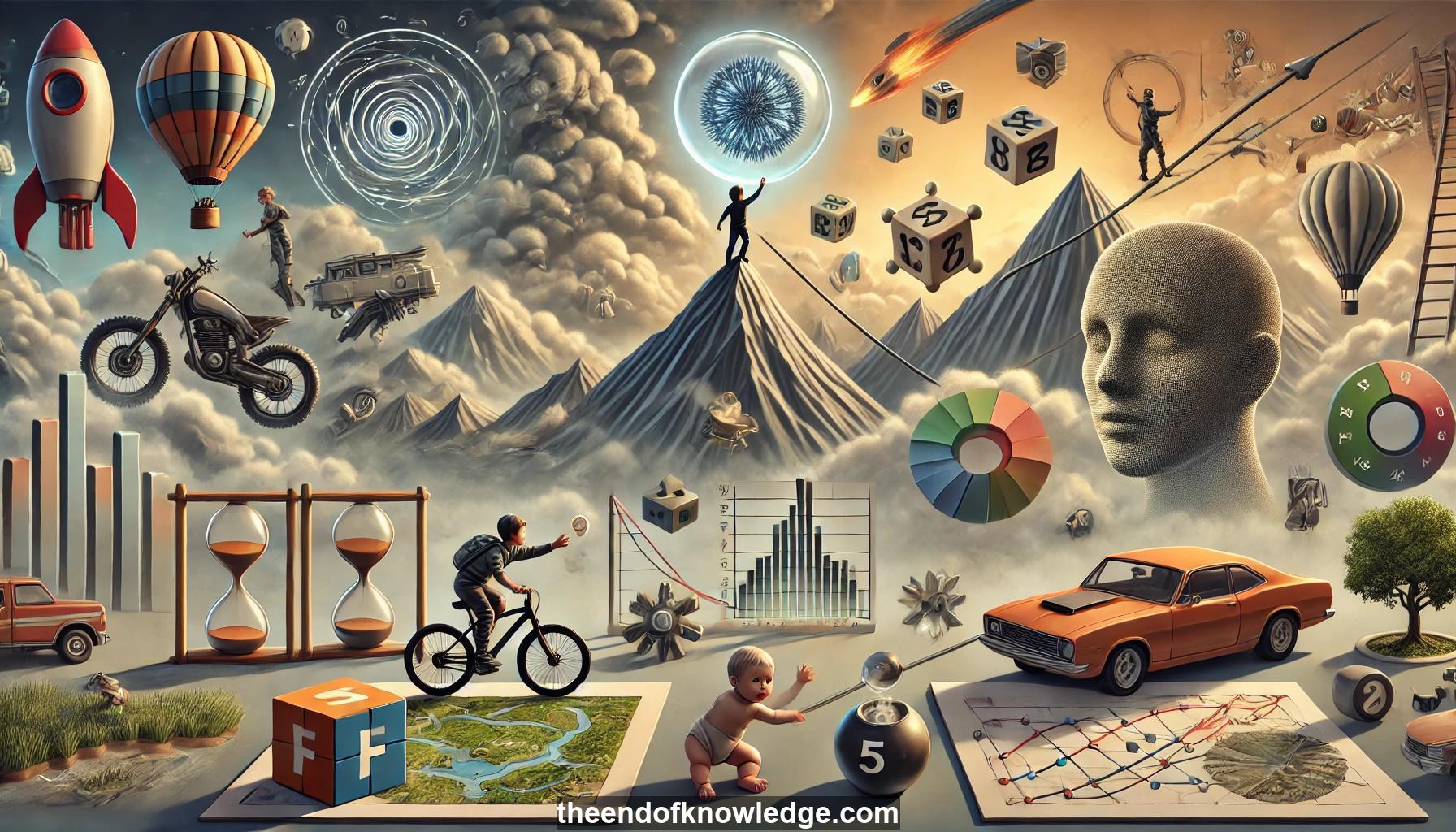 >
>
Concept Graph & Resume using Claude 3.5 Sonnet | Chat GPT4o | Llama 3:
Resume:
1.- Self-supervised learning: Learning from unlabeled data by predicting parts of the input from other parts, without human-curated labels.
2.- Supervised learning limitations: Requires large labeled datasets, which aren't always available for all problems.
3.- Reinforcement learning inefficiency: Requires many trials, impractical for real-world applications like self-driving cars.
4.- Human learning efficiency: Humans learn quickly with few samples, suggesting we're missing something in machine learning approaches.
5.- Learning world models: Key to improving AI is learning models of how the world works to enable efficient learning.
6.- Baby learning stages: Babies learn basic concepts like object permanence and gravity over time through world interaction.
7.- Self-supervised learning definition: Training large networks to understand the world through prediction tasks on unlabeled data.
8.- Prediction under uncertainty: Challenge in self-supervised learning for continuous, high-dimensional data like images or video.
9.- Latent variable models: Using additional variables to model uncertainty and generate multiple possible outputs.
10.- Energy-based learning: Formulating self-supervised learning as learning energy functions that capture data dependencies.
11.- Contrastive methods: Pushing down energy of data points while pushing up energy of points outside the data manifold.
12.- Regularized latent variables: Limiting the volume of low-energy space by regularizing latent variables.
13.- Sparse coding: Early example of regularized latent variable systems for learning data representations.
14.- Predictive sparse decomposition: Training a predictor to estimate optimal sparse codes, avoiding expensive optimization.
15.- Hierarchical representations: Learning multi-layer sparse codes for complex data like images, an ongoing research area.
16.- Model-based reinforcement learning: Using learned world models to accelerate skill acquisition, especially in motor tasks.
17.- Optimal control theory: Classical approach to control using differentiable world models, basis for some modern AI techniques.
18.- Autonomous driving example: Learning to drive in simulation using a world model trained on real driving data.
19.- Video prediction model: Neural network trained to predict future frames in driving videos, handling uncertainty with latent variables.
20.- Regularizing latent variables: Using techniques like dropout to prevent latent variables from capturing too much information.
21.- Variational autoencoder similarity: Adding noise to encoder output to limit information content, similar to VAEs.
22.- Policy network training: Using the learned world model to train a driving policy through backpropagation, without real-world interaction.
23.- Inverse curiosity: Encouraging the agent to stay in areas where its world model is accurate, avoiding unreliable predictions.
24.- Handling uncertainty in continuous spaces: Key technical challenge in self-supervised learning for high-dimensional data.
25.- GAN limitations: While useful for handling uncertainty, GANs are difficult to train reliably.
26.- Alternatives to GANs: Seeking more reliable methods for learning under uncertainty in high-dimensional spaces.
27.- Model-based RL resurgence: Renewed interest in model-based reinforcement learning, despite previous theoretical limitations.
28.- Classification workaround: Some self-supervised methods avoid uncertainty by turning prediction into classification tasks.
29.- Jigsaw puzzle example: Self-supervised task of predicting relative positions of image patches, avoiding pixel-level prediction.
30.- Future direction: Need to directly address the problem of learning under uncertainty in continuous, high-dimensional spaces.
Knowledge Vault built byDavid Vivancos 2024